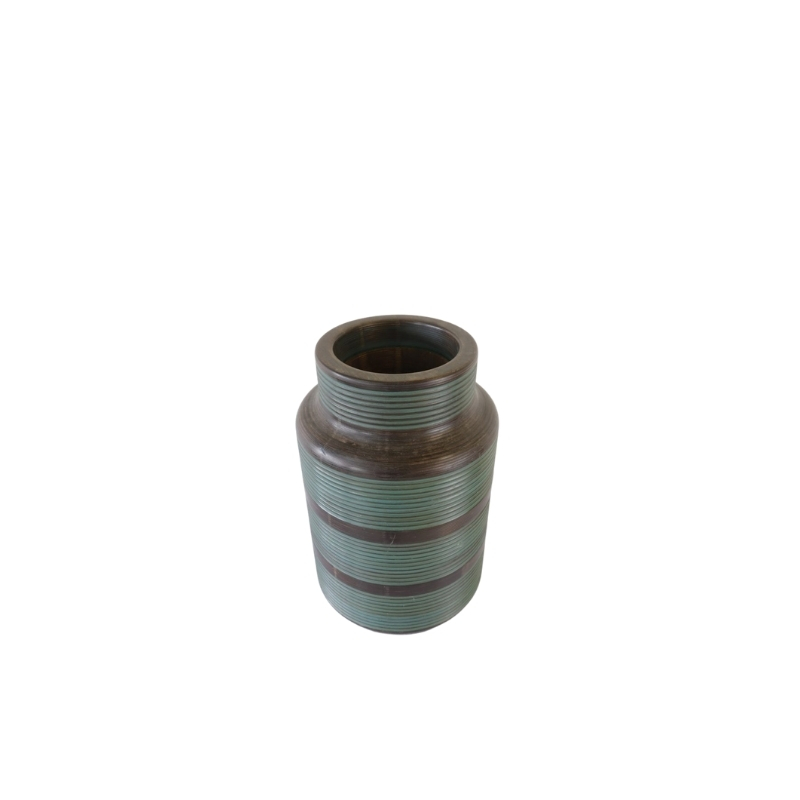The purpose of building is to transmit people's time and their spirit to posterity. Ultimately, all that remained to remind people of the great epochs of history was their monumental architecture. Today a person could site the building of the Roman Empire as symbolizing the heroic spirit of Rome. Architectural works should also speak to the conscience of a future centuries from now.
I like the thought.
yeah, it was popular with...
yeah, it was popular with Albert Speer (of Nazi fame). He built his buildings with ruin value in mind, he wanted them to deteriorate in an aesthetically pleasing way, long after the third reich had been superceded, like Roman ruins have become iconic today. Too bad for him the Reich only lasted 12 years lol
Like a Pharaoh
Lit Up, I like you. You always remind me that: "If an individual wants to be a leader and isn't controversial, that means he never stood for anything".
I believe that others including but not limited to the Pharoh's may have had an interest in this design concept. I always think of the Lincoln monument in this vain, then I think of me in a "thousand year" concrete and steel home.
Some stars shine more brightly in thirteen years than others do in a lifetime.
Let's see:
You could " cite the building of the Roman Empire" or you could "site a building." You could also cite a building -- but not site an episode of history.
English can be so annoying. We pedants must lead by example !
Mr Wright, I believe, mentioned that his Taliesin West would make a great ruin, when its wood and canvas superstructure had long gone and only the low-lying "desert concrete" walls and steps remained.
I like the idea of...
I like the idea of considering ruin value but it is ultimately rather silly.
In a modern age, urban ruins are not tolerated due to lack of space and value of land, unless they are from antiquity. Not even something from 200 years ago will be spared, so nor will the ruins of anything built now.
Secondly, it's somewhat self-defeating for an architect to consider what it might look like when it crumbles rather than focusing on consolidating the building for forthcoming decades or centuries.
Thirdly, it's a bit self-important to think that someone is going to love the building so much that they might even help preserve its ruin thousands of years from now. Many if not most architects and their work is forgotten.
.
I disagree with much of that but Walter Benjamin articulates far better than I can.
A Klee painting named ?Angelus Novus? shows an angel looking as though he is about to move away from something he is fixedly contemplating. His eyes are staring, his mouth is open, his wings are spread. This is how one pictures the angel of history. His face is turned toward the past. Where we perceive a chain of events, he sees one single catastrophe which keeps piling wreckage upon wreckage and hurls it in front of his feet. The angel would like to stay, awaken the dead, and make whole what has been smashed. But a storm is blowing from Paradise; it has got caught in his wings with such violence that the angel can no longer close them. The storm irresistibly propels him into the future to which his back is turned, while the pile of debris before him grows skyward. This storm is what we call progress.
Or you could say the present is pregnant with the past, in our minds, customs, technology and art. The ruins are here you just have to shift your focus.
If you need any help, please contact us at – info@designaddict.com









